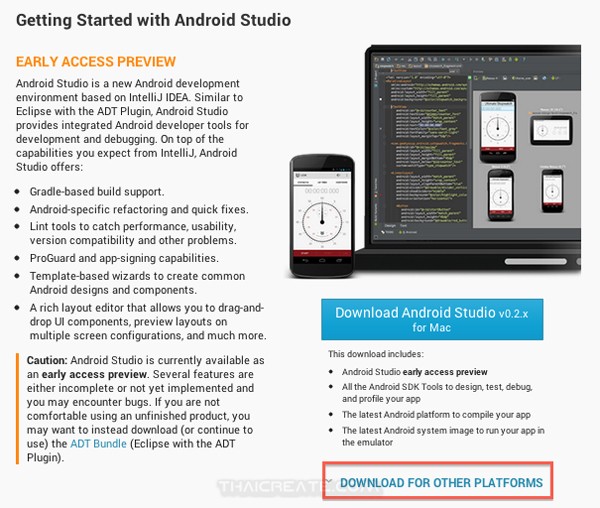


Now you can execute gradle assembleDebug etc. Understand Firebase Projects to learn more about Step 1: Create a Firebase projectefore you can add Firebase to your Android app, you need to create a Firebase In your open Android project (for example, you download Firebase config filesrom the console, then move them into your Android project). If a command-line Gradle build complains of licenses not being accepted, accept all licenses with this command: yes | sdkmanager -licenses Use Brew to Install Gradle and OpenJDK brew install gradle # includes OpenJDK Sdkmanager -install "platforms android-30" "ndk 529" sdkmanager -licenses sdkmanager -install "platform-tools" "build-tools 30.0.2" Step 5: Double-click Android File Transfer on your Mac. Step 4: Make sure your device is switched on. Step 3: Now, use a USB cable to connect your Android phone or tablet to your Mac. Step 2: Open the AndroidFileTransfer.dmg file and drag it to Applications. Here's a more recent set of essential packages to install. Step 1: Download Android File Transfer on your Mac. As some smartphone apps need specific phone only information, which is absent in your Mac, this software won’t work with all Android apps. It doesn’t need any Google invite to run on your Mac. It is meant for Mac systems specifically using the Chrome web browser. Mv ~/Downloads/cmdline-tools ~/Library/Android/sdk/cmdline-tools/latest sdkmanager -install This Android emulator software for Mac has been developed by Google. This location is compatible with IntelliJ IDEA (confirmed) and Android Studio (unconfirmed): mkdir -p ~/Library/Android/sdk/cmdline-tools

Move and rename the unzipped cmdline-tools to this different location.


 0 kommentar(er)
0 kommentar(er)
